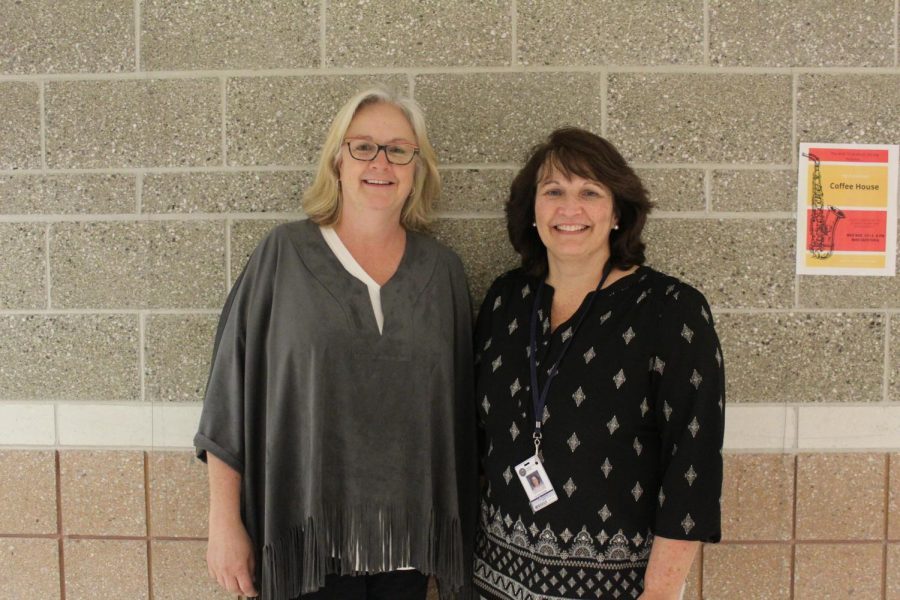New England Association of Schools and Colleges Evaluates WHS
State Decennial Accreditation Team Assesses Effectiveness of Walpole Education
Culliton and O’Malley collaborated to organize NEASC’s visit at WHS.
WHS students noticed a new presence of adults in the hallways during the week of Oct. 7. These newcomers were representatives from the New England Association of Schools and Colleges (NEASC). This organization has been evaluating WHS’s achievement of statewide education standards since 1954.
NEASC keeps a status on every participating public and private school in New England, setting standards for education and school procedures that all schools are expected to meet. The current standards fall into seven categories: Core Values, Beliefs, and Learning Expectations; Curriculum; Instruction; Assessment of Student Learning; School Culture and Leadership; School Resources for Learning; and Community Resources for Learning.
If schools are deemed to meet these criteria, the committee votes for their accreditation; otherwise, they are given a warning status and recommendations to improve. In addition to these periodic visits every ten years, schools submit two and five year reports to update their status in meeting recommendations.
NEASC standards go further than state and federal requirements, as they consider the school’s whole environment, including student support services and opportunities such as work-study programs, as well as test scores and traditional measures of success.
“NEASC standards provide significant review of a school’s processes and practices related to teaching and learning and the support of teaching and learning…Accreditation examines not only the work of the students but also examines the nature of the contributions of the school staff,” the NEASC website stated.
The accreditation process is largely collaborative, as schools work with NEASC to evaluate themselves. Prior to the visit, WHS submitted a 140 page report on how administration believes the school has met the seven standards; specifically, it highlighted the new pride incentives. Then, representatives wrote their own report based on their visit.
In the past, Walpole has been commended on certain programs, but also given areas to improve; for example, the renovation of the new math and foreign language wings in 1999 was triggered by a NEASC recommendation on the school’s physical facilities. Walpole’s last full evaluation was in 2009, and it led to the school receiving a warning status. The warning status was lifted in 2012 after the school implemented more detailed report cards and improved communication between students and teachers.
“It was specifically for assessment. It was based on our use of schoolwide rubrics and assessing kids on cultural things more than on individual subjects, because we said we didn’t think we were doing assessments as well as we should,” Principal Stephen Imbusch said on the last recommendation.
Representatives were at WHS for a total of four days, from Sunday to Wednesday. The visit, organized by Lauren Culliton and Maryellen O’Malley, included tours of the premises, class observations, student and parent interviews and meetings with staff and the School Committee to get a full view of how the school is educating students. The Decennial Accreditation Team this year was made of 15 officials, and each one focused on a specific standard.
“They were super open to hearing everything the students had to say, and I hope they support our critiques
and applaud what we believe the school does well,” senior Justine Prophil said.
The final results of the evaluation will not be published for a few months, but there were no signs of the school receiving another warning. Administration is hopeful for a strong report with both commendations and recommendations on its continuing improvement of the school.

Lauren Celardo, class of 2020, is a first year staff writer for The Rebellion. At Walpole High School, she is on the gymnastics and spring track teams...











